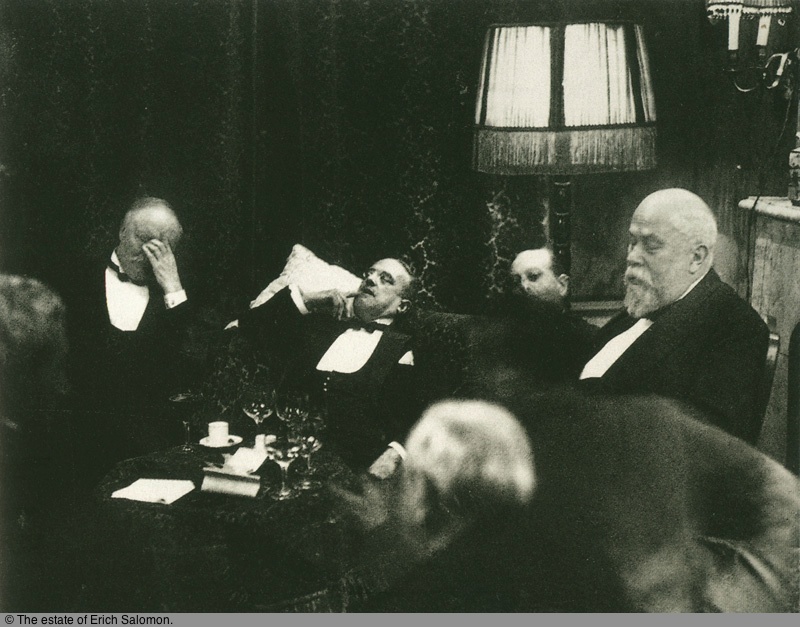He Cannot…
(a small story)
(a small story)
He cannot accept criticism,
Cannot take a compliment.
In the quarry of a quandary
And the quandary of this quarry
Lies the question:
Where to go and what to do
To climb out of the canyon
Of oxymoronic quicksand?
In a pit of contradiction
And negation of self-worth,
He can cite and quote,
Tell a good joke,
None of which is working.
Cannot take a compliment.
In the quarry of a quandary
And the quandary of this quarry
Lies the question:
Where to go and what to do
To climb out of the canyon
Of oxymoronic quicksand?
In a pit of contradiction
And negation of self-worth,
He can cite and quote,
Tell a good joke,
None of which is working.
Intellectual capacity,
Accomplishments, yet, all in all,
The ball’s stopped rolling.
Silken suits, cigarillos,
Sipping brandy
Sitting in the company
Of nameless complexes he cannot see
or solve,
It hurts to watch.
Accomplishments, yet, all in all,
The ball’s stopped rolling.
Silken suits, cigarillos,
Sipping brandy
Sitting in the company
Of nameless complexes he cannot see
or solve,
It hurts to watch.

2nd Hague Reparation Conference, 1930 -- --Erich Salomon
In his logs, after “discovering” the western hemisphere in 1492, Christopher Columbus noted “certain dried leaves” that “gave off a distinctive fragrance.” Two of his crewmen, Rodrigo de Jerez and Luis De Torres, were among the first Europeans to make contact with the natives. De Torres, a classical scholar, recalled Herodotus’ account of Scythians smoking marijuana, and de Jerez was the European to try smoking, a habit that he maintained for the rest of his life. The courtier Gonzalo Fernández de Oviedo y Valdés was probably the first to take any notable quantities of tobacco to Spain. From 1514 to 1523 he was the supervisor of gold smeltings at Santo Domingo, and he made five more visits to the Americas. (His contemporary, the Dominican friar and Latin American social reformer, Bartolomé de las Casas, called him "one of the greatest tyrants, thieves, and destroyers of the Indies, whose Historia contains almost as many lies as pages.") In 1519, his chivalric romance, “Libro del muy esforzado e invencible caballero Don Claribalte” (Book of the very striving and invincible knight Don Claribalte), was the first literary work created in the New World, but his most important book was “La historia general y natural de las Indias;”a summary of which was published in 1535 but the complete work did not appear until 1851-1855. In it he described the “tobago,” a Y-shaped instrument used for smoking the plant as part of the curing process. By 1531 the Spaniards were seriously cultivating the crop on Santo Domingo. In the 1550s the diplomat Jean Nicot introduced it to France, and Francis Drake probably introduced it to England a bit later. By the early 1600s London had some 7,000 tobacconists, as Spain began exporting cigarillos (little cigars). To counter the Spanish monopoly, the English colony in Virginia began cultivation in 1612, and by 1619 it was Virginia’s largest export. In the 1730s the word “cigar” became widespread (spelled “seegar” in English dictionaries of the time).
ReplyDeleteBrandy (brandywine, derived from Dutch “brandewijn”-- burned wine) is produced by distilling wine. The process was known in classical times, but it wasn't used for significant beverage production until the 15th century. Initially wine was distilled as a preservation method and as a way to make it easier for merchants to transport it and to reduce taxes (which were assessed by volume). The intent was to store the water removed by distillation in wooden casks and then add it back to the wine shortly before consumption, but the distillation process led to the formation and decomposition of numerous aromatic compounds, fundamentally altering and improving the composition of the distillate from its source. Non-volatile substances such as pigments, sugars, and salts remained behind in the still, making the distillate’s taste different from that of the original source. By the 1700s the distillation process usually consisted of at least three distinct steps, but eventually a chemical instrument was invented to allow a single distillation; to test the purity of the rectified spirit of wine, part of it would be ignited: If the entire contents were consumed without leaving any impurities behind, the liquor was good. (Another test involved putting gunpowder in: If the gunpowder could still ignite after the brandy was consumed, the liquor was good.) Though regional production methods, and grapes used, vary, nonetheless brandy is made from “base wine,” made from early grapes to achieve higher acid concentration and lower sugar levels and less sulphur than table wines. In the first phase of production, much of the water and solid matter is removed from the base, obtaining a concentrated "low wine;" in the second stage, the low wine is distilled into brandy, which comes out of the copper pot still in three phases: the “head” (with an unpleasant odor and a high alcohol concentration) and the “tail” (with a low alcohol content) are discarded (and generally mixed with another batch of low wine), but the middle “heart” is preserved for later maturation. The yeast sediment produced during the fermentation may or may not be kept in the wine, depending on the brandy style. Batch distillation employs pot stills, but column stills are used for continuous distillation, which produces a higher alcohol concentration but is less aromatic. After distillation, the brandy is put into oak barrels to mature, though some brandies are aged using the solera system in which the producer changes the barrel each year. After aging for a specified period, depending on the style, the mature brandy is mixed with distilled water and bottled; some may add sugar and caramel color to enhance the appearance.
ReplyDelete